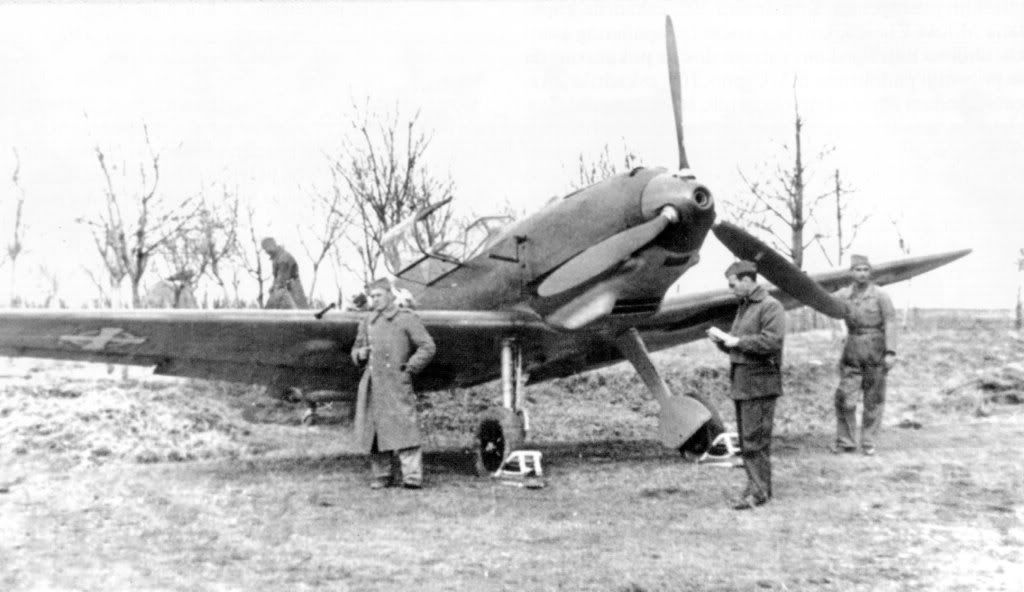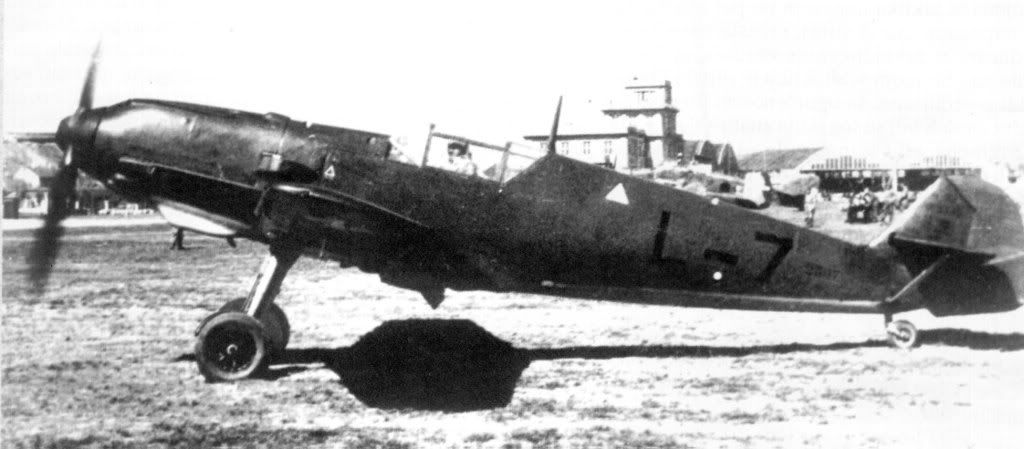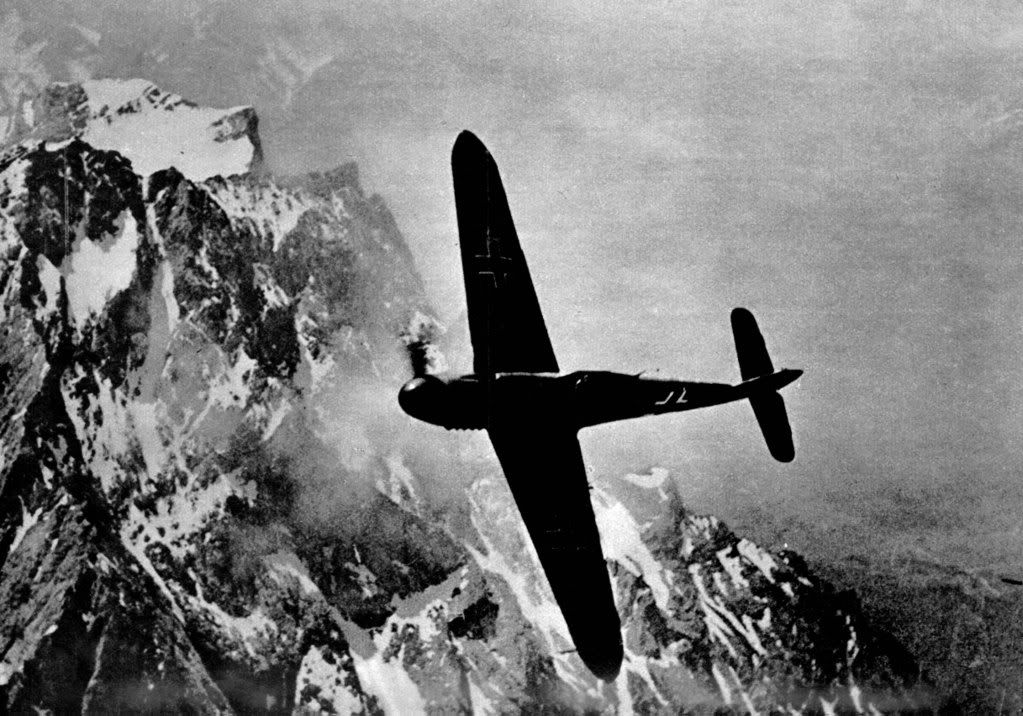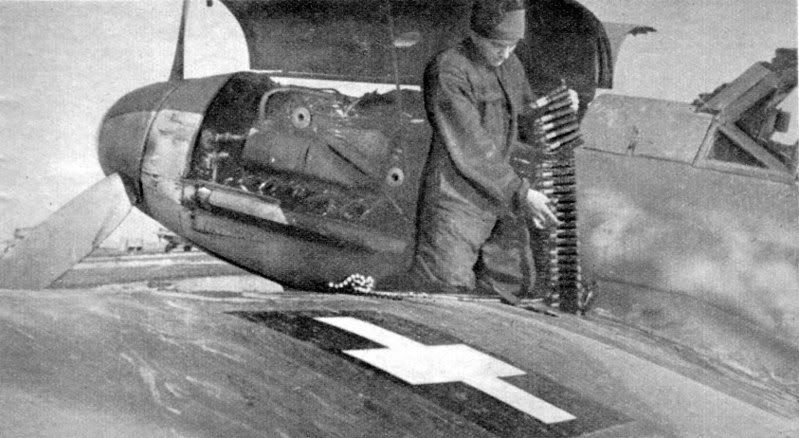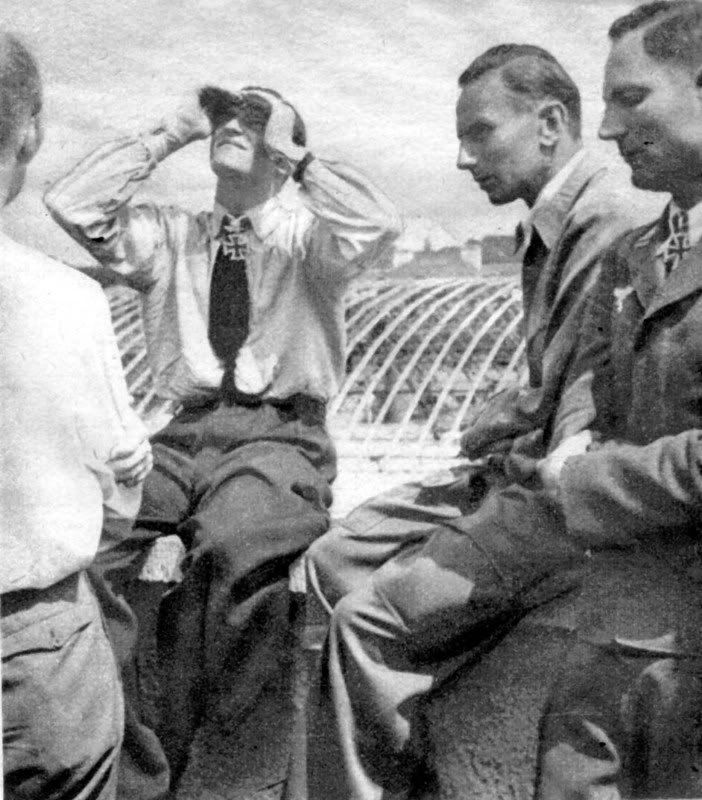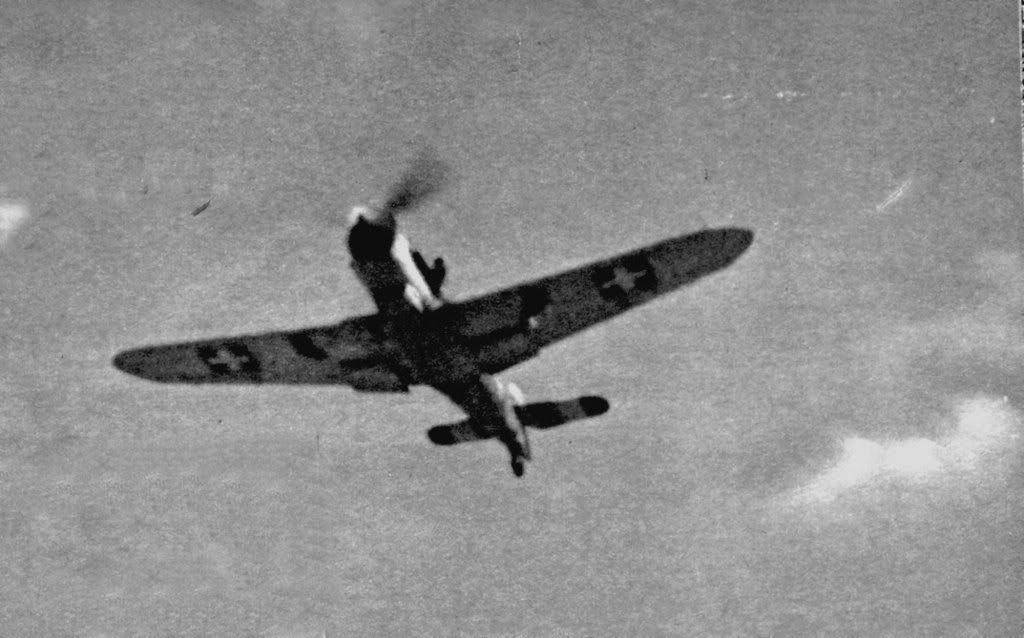Well, after an exhausting library week, I think that I have something really interesting for this thread, honorable ladies and gentlemen. While doing some photo-research for another thread in our forum, I stumbled upon some thrilling snapshots coupled with the notorious film “Battle of Britain” (directed by Mr.Guy Hamilton), already noted for the excellence in reconstruction of historical events.
The contemporary documentary photographer does not think of photography as an art form, or his photograph as an art object. But every so often in this medium - as in any creative medium - some of the practitioners are genuine artists, and their work is not only a document, but also a pure art.
In this case, which undoubtedly is art, outstanding factuality was a by-product of a serious, well-prepared job, soundly and lovingly done. Outstanding still-coverage in promoting major film productions actually depicted the face of actual war – an assignment often nearly as dangerous.
This superb action photograph of a simulated WW II dogfight over England, with Hispano Aviacion HA-1112 Bouchon altered to look like the Messerschmitt Bf 109 E-3 was taken by 27 year old Mr. David James, and without any doubt it represents one of the most breathtaking aerial sequences in the whole history of the motion picture industry:

HA-1112 M1L Buchon disguised as the Bf 109 E-3, “Battle of Britain” - 1969
In an interview with “Photography” magazine back there in 1970, Mr. James described some of the headaches he faced in getting still coverage: “During a flight you only have one chance to get a dramatic shot. Just for a split second the combat planes hurl themselves into a shape which you recognize as a picture – miss and that is your day’s work down the drain. Sometimes we flew so close to the other aeroplanes that I could only fit a whole one into my viewfinder by using a wide angle. Jeff Hawke, the pilot of the B 25 camera plane, was marvelous at giving me what I wanted in the way of close-ups. I would say to him: ‘nearer Jeff, a bit nearer… down a bit… hold it… just a shade nearer!’ What co-operation! I suppose we were taking risks at the time, but you would never have thought it with such an unflappable character as Jeff Hawke at the controls, although the lack of space made very difficult for all of us.”
Indeed, sometimes bravery is what creates good snapshots. Another interesting point about this really excellent one is that although the Spitfire pilots were English, the Messerschmitts in this “battle” were being flown by Spaniards. “Connie” Edwards, a Colonel in the Confederate Air Force, was one of four Confederates to fly some of the Messerschmitts used in the film. Furthermore – he bought a dozen of 109s from the film company after filming had finished, and they were kept on his ranch in Texas.
Well, it seems to me that we were not as lucky as he was… 





